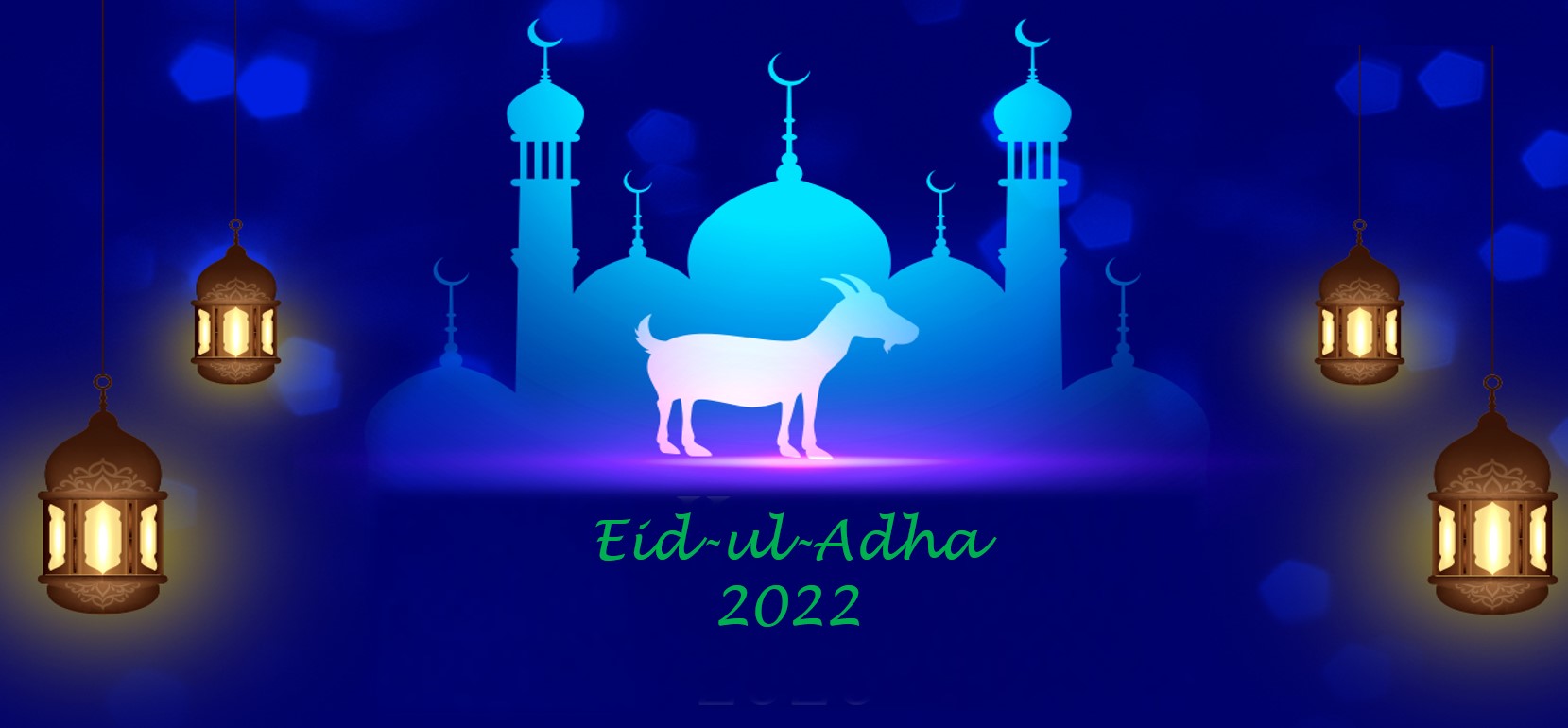Eid-ul-Adha 2022: Here’s all you need to know about the date, history, significance and celebration of the ‘Feast of Sacrifice’ or Bakra Eid in the month of Zul Hijjah/Dhu al-Hijjah this year
Eid al-Fitr, which is popularly known as Eid or Ramadan Eid, marks the end of the sacred month of Ramadan where Muslims fast from dawn to dusk and recite the Holy Quran and offers prayers to Allah while Eid ul-Adha (also know as Bakra Eid, Bakrid, Eid al-Adha, Eid Qurban or Qurban Bayarami) is the second major Islamic festival celebrated by Muslims across the world. It is marked as a commemoration of Prophet Ibrahim’s absolute dedication to Allah and is celebrated by Muslims all around the world in the month of Zul Hijjah/Dhu al-Hijjah, which is the twelfth month of the Islamic or lunar calendar.
Date:
After confirming the sighting of the crescent Dhul Hijjah moon on June 30, 2022, Saudi Arabia has announced celebration of Eid al Adha in the Kingdom on Saturday July 09, 2022, which is also when UAE, Qatar, Jordan, Kuwait and other Arab states will be marking it. Australian National Imams Council (ANIC) and Muslim Association of Canada (MAC) announced that Eid al Adha there will be celebrated on Saturday July 09, 2022.
Wifaqul Ulama of United Kingdom and Majlis Ugama Islam Singapore too issued separate statements on Wednesday to announce that Eid al Adha will be celebrated in the countries on Sunday July 10, 2022. India usually celebrates both the festivals of Eid-ul-Fitra and Eid-ul-Adha a day after Saudi Arabia.
India, Pakistan, Malaysia, Indonesia, Japan, Hong Kong and Sultanate of Brunei have announced Sunday July 10, 2022 as the first day of Eid al Adha.
History:
The history of the day started when Abraham or Prophet Ibrahim kept having a recurring dream of slaughtering his beloved son, Ismael, to fulfil the wishes of God. Ibrahim spoke to his son regarding this dream, explaining to him how God wanted him to make the sacrifice and Ismael, who was just as much a man of God, agreed with his father and asked him to comply with the wishes of Allah.
Shaitan (the devil) tempted Ibrahim and tried to dissuade him from making the sacrifice but he tried to shun it away by pelting it with stones. Allah saw Ibrahim’s absolute devotion and sent Jibreel (Angel Gabriel), the Archangel, bearing a sheep for slaughter.
Jibreel told Ibrahim that God was pleased with his devotion to him and sent the sheep to be slaughtered in place of his son. Ever since then, cattle sacrifice is a major part of Eid-ul-Adha celebrations which not only commemorates Prophet Ibrahim and Ismael’s love for Allah but also shows that one is willing to make the ultimate sacrifice of what they love dearly, for the sake of Allah.
Significance:
More than the act of sacrifice, Eid al-Adha is the celebration of Ibrahim and Ismael’s love for Allah and the sacrifice is only meant as a gesture that shows that one is willing to make the ultimate sacrifice for Allah. It is the sacrifice of what one loves the most for God hence, in commemoration of the sheep sent by Allah through Jibreel, Muslims across the globe sacrifice a goat or sheep in the spirit of sacrifice.
It is obligatory for the meal prepared from the sacrifice to be distributed in three equal parts where one portion feeds the family, the second feeds the relatives and the third goes to the poor and needy. It is believed that even though neither the meat nor the blood reaches Allah, the devotion of His people reaches him.
Celebrations:
On the tenth day of this month, Muslims around the world offer Eid al-Adha namaz at a mosque, after the sun has completely risen and just before it enters the Zuhr time (midday prayer time). The prayer is followed by a sermon or khutbah, by the Imam.
The Muslim community across the world celebrates the Bakrid festival by sacrificing a goat/sheep/buffalo/camel, honouring Prophet Ibrahim’s willingness to sacrifice. They start the festival by offering morning prayers in mosque and follow their prescribed ritual of sacrificing which is later distributed in three proportions: poor people, relatives and themselves. They visit family and friends to offer wishes, share gifts and rejoice together.
Celebrating Eid-al Adha by sacrificing a cattle is very akin to the practice of self-sacrifice which is an act of offering gratitude to Allah. It is believed that during a lifetime, we give up a number of things that are important to us for a bigger purpose and in a similar way the sacrificing the animals is a symbol of willingness to sacrifice to stay true on our path and not be lured by earthly love and affection.
The Hajj pilgrimage also takes place at the same time, which is the pilgrimage that every Muslim must make at least once in their lifetime if they are able financially and physically. The sighting of the crescent Dhul Hijjah moon marks the beginning of the Islamic month of Dhu Al-Hijjah when the Hajj pilgrimage to Mecca in Saudi Arabia, one of Islam’s five pillars, is performed and is followed by Eid Al Adha on the tenth day.
The celebrations of Eid-ul-Adha include women applying mehndi in various designs to add beauty to the entire essence of Eid celebrations as it is said to have been a part of our culture and traditional practices for centuries, eating delicious food, giving charity to the poor and sharing the joy with family, relatives, neighbours and friends where Bakrid feast dishes include mutton biryani, mutton korma, mutton keema, bhuna kaleji among others and the desserts include sheer khurma and kheer.

